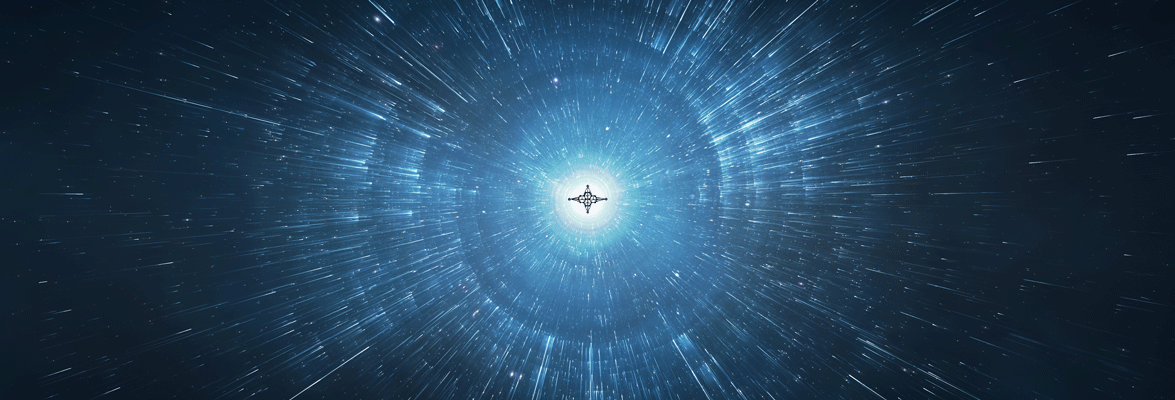Athena hosts an extremely varied and advanced array of life, though, of course, no intelligent life has developed. The first exploratory mission to the planet catalogued more than 200,000 plant species and 75,000 animal species; yet this forms but a small fraction of the estimated one to two million species that may exist there.
Vegetation
Of greatest importance to Humanity is the existence of flowering plants resembling the angiosperms of Earth. Like their Earthly counterparts, these Athenian plants produce seeds in an ovary contained in a flower. Form of the flowers varies tremendously. Some grow large and brightly colored. Others develop edible fruits, and still others turn into edible grains. As on Earth, the number of flowering species is enormous, varying from grasses and wildflowers to giant trees.
Animals
Athenian animals boast high variety and development. Numerous insects fill as wide a range of niches as their Earthly counterparts though important physiochemical and structural differences exist between this class of animals on the two worlds. Yet insects of both planets perform such similar functions that the first explorers called them by such names as “bees,” “ants,” and “caterpillars.” A class of warm-blooded creatures resembling the animals of Earth comprise the most advanced of Athena’s animals. These animals with soft, fur-covered skins and internal skeletons fill the spectrum from small gopher-like root eaters to giant predators more ferocious than Earth’s Bengal tigers. These “pseudomams,” as taxonomists classify them, bear their young in ways that look like a compromise between Earth’s marsupials and placentals. Pseudomams birth their young in a more premature state than do Earth’s placentals but not as premature as the state of marsupials, who literally cannot live outside their mother’s pouch and are physically attached to the mother’s milk nipples during early development.
Pseudomams do nurse their young and many have pouches similar to marsupials for carrying them about just after birth. Others build nests in trees for housing their offspring, and still others employ built-in “straps” or highly developed prehensile tails for transporting their babies. Some pseudomams, even though they nurse their young, lay eggs. The eggs have soft, pliable shells rather than the brittle shells of Earth’s birds.
Most important of the pseudomams are those that resemble Earth’s primates. Their forelegs have developed into arms containing six-fingered hands. These hands do not have the opposable thumb, characteristic of the Human hand, but they can grasp tools and perform simple manual tasks. Unlike the primates of Earth, Athenian primates are carnivores. They devour their prey with extremely sharp teeth, and their strength approaches that of Earth’s cats. In large groups they form the most dangerous animals of the known colonies, though they still make no match for well-armed and protected Human beings. The primates-live strictly in the tropical regions of continent A-2369.1, and therefore will pose little threat to the first pioneers. Other important pseudomams include a large genus of dog-like predators the size of Earth bears and numerous large beasts resembling cattle that can be used as a source of milk and meat.
Marine Life
Athena also supports highly advanced marine life. Biologists believe that, as on Earth, Athenian life originated in the seas. Microscopic plants which produce 73 percent of the planet’s breathable atmosphere comprise the most important life in the food chain. These plants begin the marine food chain which leads all the way to great fish similar to the bony fishes of Earth. These fish, resembling Earthly varieties in many ways, range in size from fingerlings to monsters that rival the great sharks of Earth. Pseudomams also live in the sea and these orders contain the largest animals on the planet. Marine pseudomams range in form from amphibious creatures resembling the sea lions of Earth to streamlined versions like Earth’s cetaceans. Scientists know little about the habits of these creatures; in fact, most remain uncataloged. Yet they are believed to be highly intelligent, perhaps the most intelligent life on the planet.
